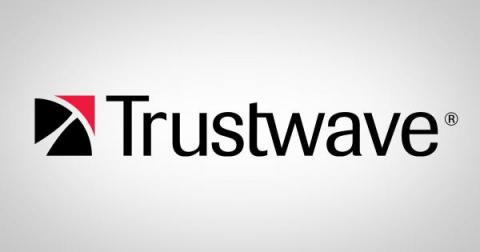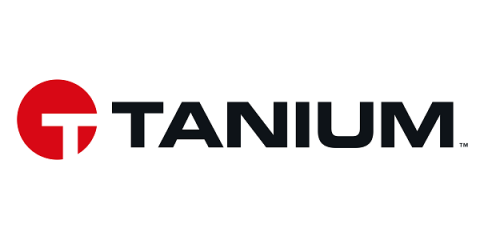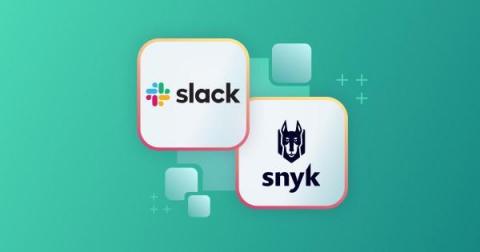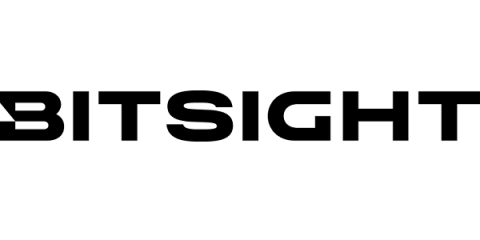Security | Threat Detection | Cyberattacks | DevSecOps | Compliance
Latest News
Protect your IT assets through Managed Vulnerability Scanning
Managed vulnerability scanning is a cybersecurity service that uses software, vulnerability scanners, human-led and automated penetration testing, and other tools to help an organization identify, track, evaluate, and mitigate security risks both inside their network and connected external sources. Even organizations with the most sophisticated information technology security professionals are challenged when dealing with the hundreds of new threats released into the wild each month.
How Thales Group Uses the ThreatQ Platform to Build its Leading Threat Intelligence Service
In 2016, Ivan Fontarensky, Technical Director CyberDetect & Respond at Thales, wanted to rollout a Cyber Threat Intelligence (CTI) service to continue to add value to the company’s cybersecurity products used by critical infrastructure organizations around the globe.
CVE-2023-2825 Vulnerability In GitLab Version 16.0.0 - Steps To Take
CVE-2023-2825 vulnerability is a recently discovered vulnerability in GitLab. It allows unauthorized access to GitLab repositories to read arbitrary files. This post will discuss further details of the vulnerability, its location, discovery, and how the Astra scanner scans for it.
"Magic Link" Phishing Attacks Scamming Users With Fake McAfee Renewals
Threat actors are using encoded phishing links to evade security filters, according to Jeremy Fuchs at Avanan. The phishing emails purport to be notifications from McAfee informing the user that they need to renew their subscription. “This is a fairly standard McAfee subscription scam,” Fuchs says. “We see these all the time and they’ve been floating around the Internet for some time. But that’s not what makes this attack unique.
How Data Integration Benefits Cyber Risk Exposure Management
How Tanium's StateRAMP Authorization Helps Public Sector Agencies
With cyberattacks increasing against state and local governments, public sector IT leaders are facing mounting pressure to safeguard sensitive assets, protect confidential data, and secure critical worksites. To meet these ongoing challenges, Tanium Cloud for U.S. Government (TC-USG) has now been authorized by State Risk and Authorized Management Program (StateRAMP) — making it easier for governments to quickly improve asset visibility, control, and threat remediation.
Snyk announces new Slack integration
We’re excited to announce a new Snyk app for Slack that provides notifications within the channels your teams rely on to address security issues in your code, open source dependencies, containers, and cloud infrastructure. Your developer teams get the notifications that matter the most, in their preferred collaboration platform, so they can act on them immediately.
Over 39,000 Individuals Exposed in Marine Corps Data Breach
The US Marine Corps is a military service department that serves the US Department of Defense. The organization is responsible for provisioning and overseeing the marine troops and for most ground-based operations. This massive defensive organization is responsible for protecting the data of more than 177,200 active duty members as well as a large number of civilians that aid the forces as well. All of this data could be used in harmful ways if exposed.
4 Ways to Reduce Exposure and Manage Risk Across Your Expanding Digital Infrastructure
Digital infrastructure is the foundation of a modern, connected organization. It encompasses connectivity, cloud, compute, security, storage, applications, databases, IoT, remote networks, and more. Once housed on premises, this infrastructure now extends across regions, offices, work-from-anywhere environments—and across the third-party providers who make digital transformation possible. Securing this digital infrastructure is a growing challenge.











